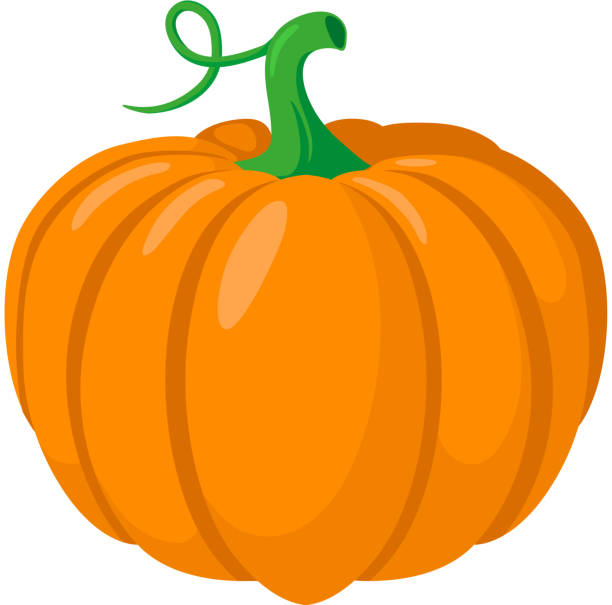First Graders learned the song "Mama Goonie Bird" to help them practice keeping the beat. Beat competency is such an important skill for students, and we spend a lot of time on it in our First Steps in Music curriculum. So many advanced musical skills build off of the ability to keep the beat.
Ask your child to sing the song for you. It goes like this:
Mama Goonie Bird, had seven chicks,
Seven chicks had Mama Goonie Bird.
And they couldn’t walk,
and they couldn’t talk,
But they all could go like this!
Spoken: One wing!
Repeat the song, adding
“Both wings!”, “Add your foot”, “both feet”, “add your head”, “sit down”
As students add each body part, they should continue singing, keeping the beat with their "wings" or feet. This is a skill that takes practice, especially when adding multiple movements at once. Try it with your child!
Hear Mrs. Tibbett's class sing the song below:
Hear Mrs. Tibbett's class sing the song below:
Below is another great recording of this song, sung by Jill Trinka. We moved to this recording in class after the students had learned the song well.
Once students were comfortable singing this song on their own, we also added instruments. Students used the tambourine, tone block, jingle tap, maraca, and claves to keep the beat instead of their bodies.








